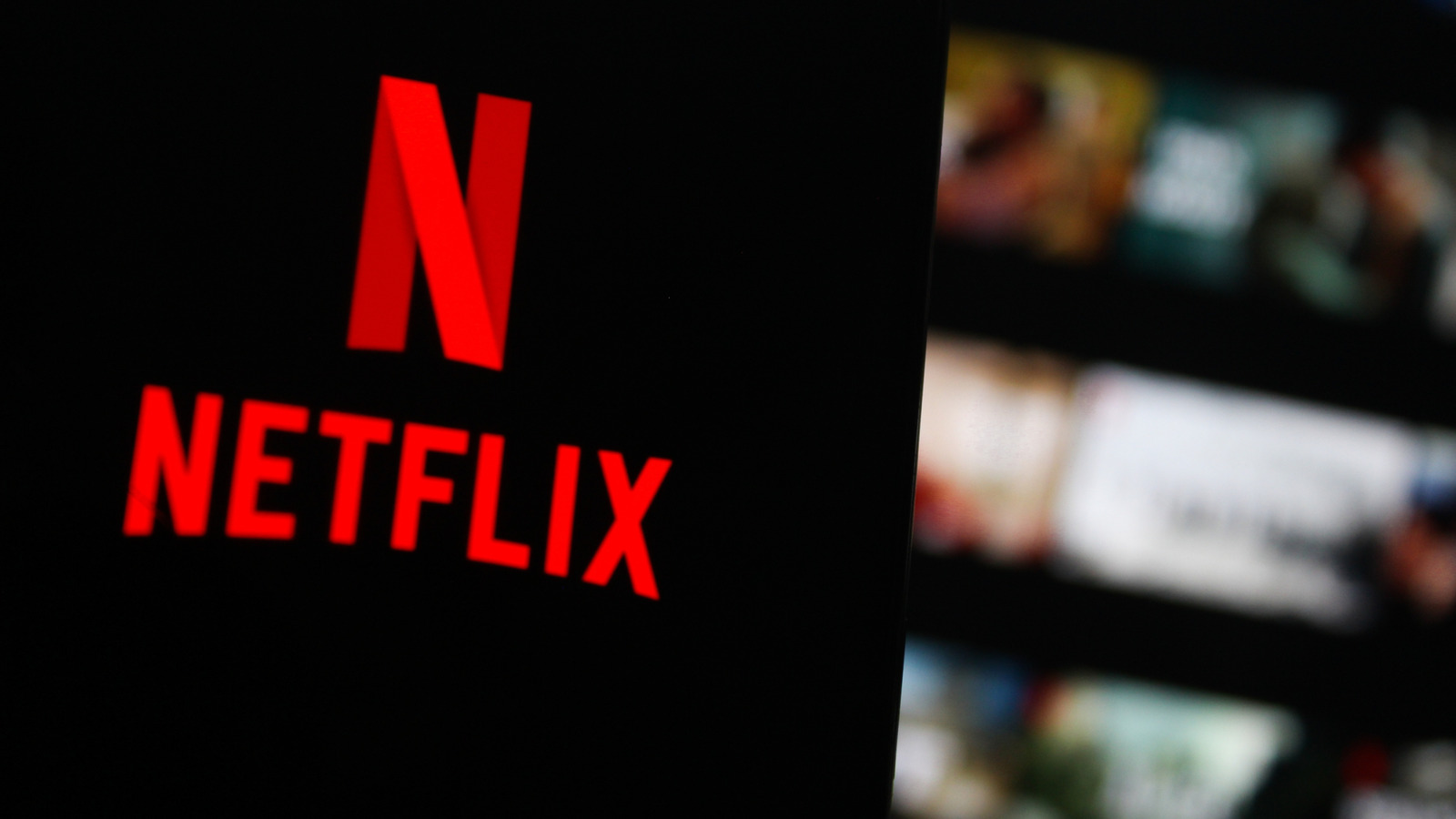#ad-supported-streaming
#ad-supported-streaming
[ follow ]
fromBusiness Insider
1 month agoNetflix's ads chief describes the area of the business she's most excited about and why
"People expect a lot of innovative things to come out of Netflix, given what we've done over the past 25 years in the business," Amy Reinhard, Netflix's ads president, said on Wednesday. "The thing that I'm most excited about is these interactive and modular formats, because these are the start of our personalization journey, and they add a ton of flexibility and optionality into what we're trying to do."
Television
fromDigiday
1 month agoCTV beyond the living room: The marketer's guide to expanding CTV to every screen
Earlier this year, Nielsen reported that, for the first time, more people watch TV via streaming services than both broadcast and cable combined. According to "The Gauge" report, streaming accounted for 44.8% of TV viewership as of May 2025, while broadcast and cable together accounted for 44.2%. And as live sports increasingly become part of the streaming landscape, streaming viewership is not expected to slow down.
Marketing tech
Television
fromArs Technica
1 month agoDirecTV screensavers will show AI-generated ads with your face in 2026
DirecTV will deploy Glance AI-powered screensavers offering personalized avatars, tailored product recommendations, AI-generated videos, advertising-driven commerce, and real-time weather and sports updates.
fromDigiday
2 months agoFuture of TV Briefing: How Fox is using AI and a unified ad server to power-up Fox One
Fox's flagship streaming service Fox One doesn't only symbolize the state of the TV and streaming market, by making traditional TV's most premium programming, NFL football, fully available without a pay-TV subscription. It also represents the state of streaming technology. Yes, I'm referring to AI, which Fox is using to power the streaming service's search engine and customer support. But I'm also talking about how Fox is unifying its streaming ad tech stack around a proprietary ad server.
Television
fromSan Francisco Chronicle
3 months agoTubi might be the best streaming service. Here's why
Before the streaming boom, the absence of commercials was a main selling point of services like Netflix. But as companies increasingly focus on expensive original content, subscription prices have risen. Some have advertising on their cheaper plans - Hulu, Prime Video and Peacock, among others -pushing the average monthly bill to $61 a month for American households using four streaming services, up from $48 compared to 2023, according to industry consulting firm Deloitte.
Media industry
[ Load more ]









